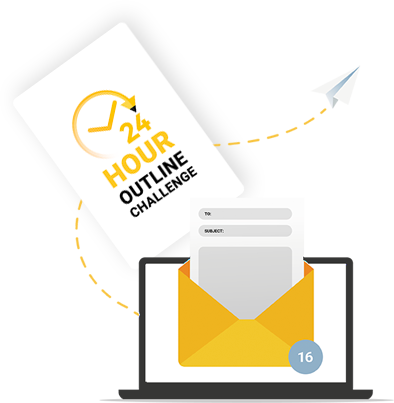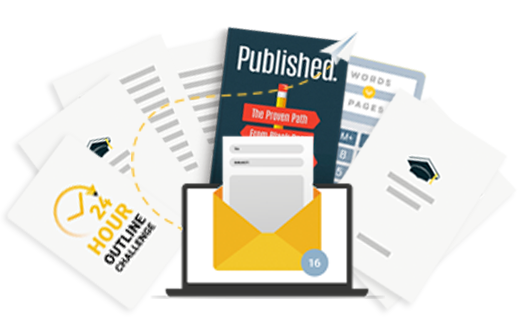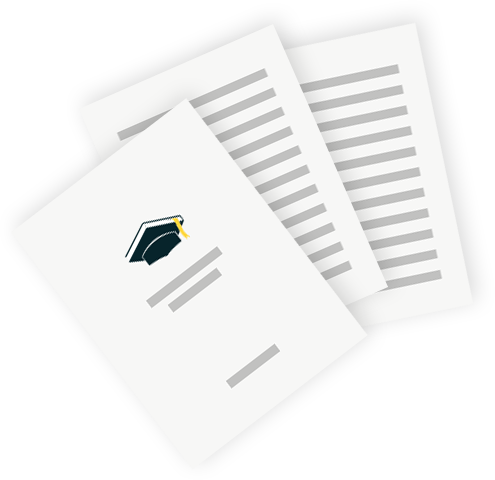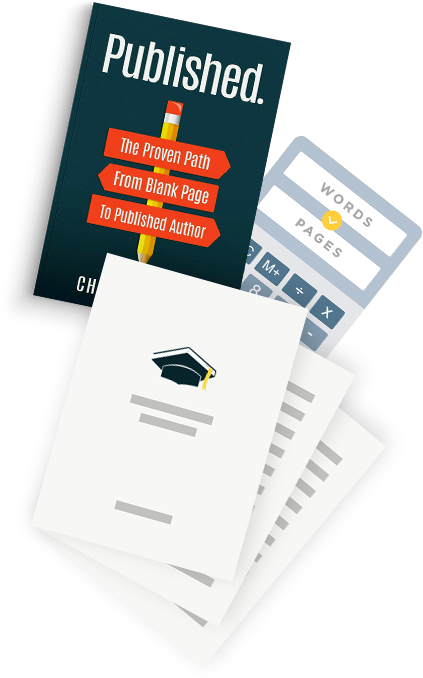Have you ever finished your manuscript and wondered if it needs proofreading, a developmental edit, or a copy edit? Then you wonder which type of edit to choose, if you need them all, and who to hire.
In this article, I show you what proofreading is, how to use it to set your book apart, and tips on how to become your own editor.
- Proofreading Defined
- How To Set Your Book Apart
- Why You Should Hire A Proofreader
- Remember You Are Human
Proofreading Defined
Proofreading is the final edit on a manuscript before it hits the printer or is published as a digital copy. Because of this, proofreading is an invaluable part of the publishing process (more on why later!).
When it’s time for your book to enter the proofreading stage, all other edits have already happened. The proofreader checks for issues such as typos, grammar, punctuation, and formatting. This seems like an edit though…right? So what’s the difference between editing and proofreading?
Editing Versus Proofreading
Developmental editing is a macro edit that focuses on the overview of your story: Plot, characters, pace, your overarching themes, etc. A line edit is a micro view—literally a line by line edit of your manuscript. This is where sentence structure changes, dialogue is tightened, and the flow of sentences is enhanced.
Your final edit, your proofread, is your last chance to catch typos, missing words, formatting issues, etc. Think of a proofread as an artist stepping back from their painting. They look it over, notice an area that needs a bit more shading, do so, and step back for good.
Then What’s A Proof?
Unlike proofreading, a proof is not a type of edit but the final, physical copy of your manuscript before you publish it for your readers. Proofs may be used as advanced reader copies (ARCs) for your launch team.
When you look at your proof, you can spot typos that you may have otherwise missed. Printing your proof allows you to view your manuscript in a different format, and this can help you notice issues you missed in the digital format.
How To Set Your Book Apart
With approximately 2,700 new titles released in the US, daily, it’s crucial to stand out. To set your book apart, you can use self-proofreading to your advantage. This may seem counterintuitive. Aren’t you supposed to hire a proofreader to edit your manuscript?
While I advocate for getting a fresh pair of eyes on your book before it goes to print, there are some big steps you can take to set your book apart before it ever crosses the desk of your proofreading editor.
Become Your Own Editor
The importance of self-editing cannot be overstated. There’s a big difference between writing a story you are passionate about and writing a story well. While writing is subjective, there are a few tips and tricks you can learn to become your own editor.
The cleaner your manuscript is before hitting your proofreader’s inbox, the less you will need to invest in their services, and the more likely your final proof will be close to perfect. When learning to become your own editor, focus on:
- Showing the scene rather than telling what’s happening
- Example of telling: It was a cold day as she walked down the road.
- Example of showing: The wind whipped her scarf over her shoulders. She shivered and pulled her coat tighter as she walked.
- Maintaining one point of view per scene
- Write actively, not passively
If you need guidance on how to edit your own work, consider working with a writing mentor.
Become Your Own Proofreader
You can also take practical steps to clean up your manuscript through proofreading before you ever look to hire a proofreader. Here are a few tips that help me:
- Finish the final edit of your manuscript
- Give yourself a few days or even weeks away from your manuscript
- Proof your manuscript on your computer
- Print your manuscript and proof the hard copy
Giving yourself some time between proofreading helps you become a bit less familiar with your writing and gives you a fresh perspective to help spot typos and inconsistencies.
Additionally, reading your work in a physical format can draw your attention to formatting issues and easy-to-miss typos that you may simply scroll past on screen.
Why You Should Hire A Proofreader
When it comes time to hire a professional editor to proofread your manuscript, it can be easy to think the investment may not be necessary. You edited your book countless times, you even printed it out and edited on paper. What more is there to do? There are two key reasons you should hire an editor to proofread your manuscript before it goes to print.
#1 – Editors Catch Errors You Missed
No matter how many times you edit your story, you are the original creator and so you’re bound to be a bit blind to some mistakes. Have you ever visited the Lincoln Memorial in Washington D.C.? Simply Google “Lincoln Memorial Euture” and you can learn about this infamous typo.
#2 – Editors Add A Layer Of Professionalism
I don’t know about you, but when I’m deeply engaged in a book and stumble across a typo I’m yanked from the story world and back into reality. Because I work as an editor, I’m trained to notice typos the average reader may miss, but even when I’m reading for pleasure, it’s unfortunate to notice typos.
Hiring a professional editor adds a layer of professionalism to your writing. You could be the most credible writer on your specific topic, but if your published manuscript sports a typo in the first chapter, readers are bound to notice.
Even minuscule typos can greatly undermine the theme or message of your story. Consider the following examples:
“Dr. Smith took great care of her patients, and as a result, there health improved.”
“I wish I’d just gone shopping after work Tuesday. The stores are so full on weekends.”
Did you notice the issues? The first sentence uses the word there incorrectly. Because it is a possessive word, it should be their. The second sentence uses the wrong apostrophe (did you know there was such a thing?). The second sentence should use a smart apostrophe, not a straight one.
Remember You Are Human
After reading about proofreading and typos, you may feel a little overwhelmed. If you write nonfiction, your manuscript is likely at least 40,000 words. And if you write fiction, your novel could exceed 100,000.
While your first page and early chapters should be typo-free, it’s not uncommon for a full-length book to include a few errors. Whether the word acknowledgements is spelled in British English in an American published book, or you don’t catch that you used a singular term when you needed a plural, it happens to the best of us.
Do your best, hire a great editor, and remember, readers are forgiving!



